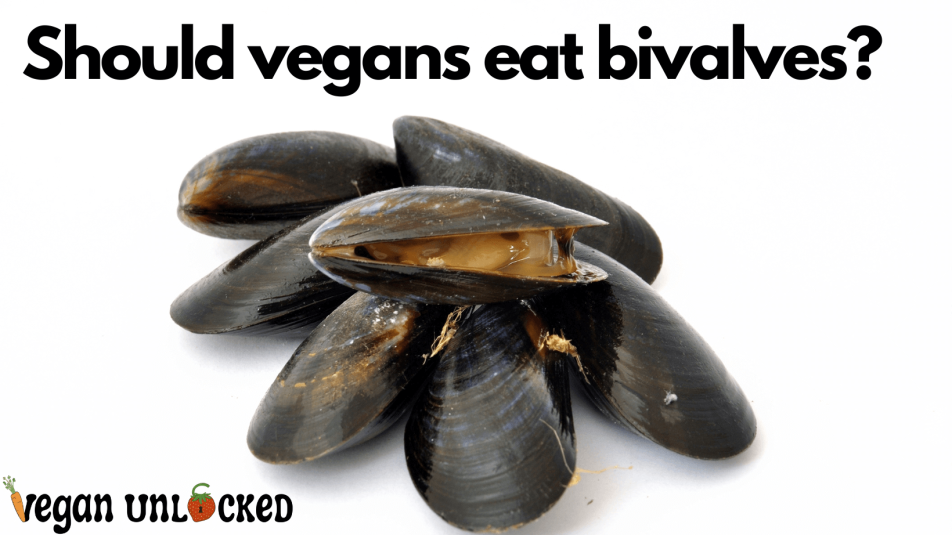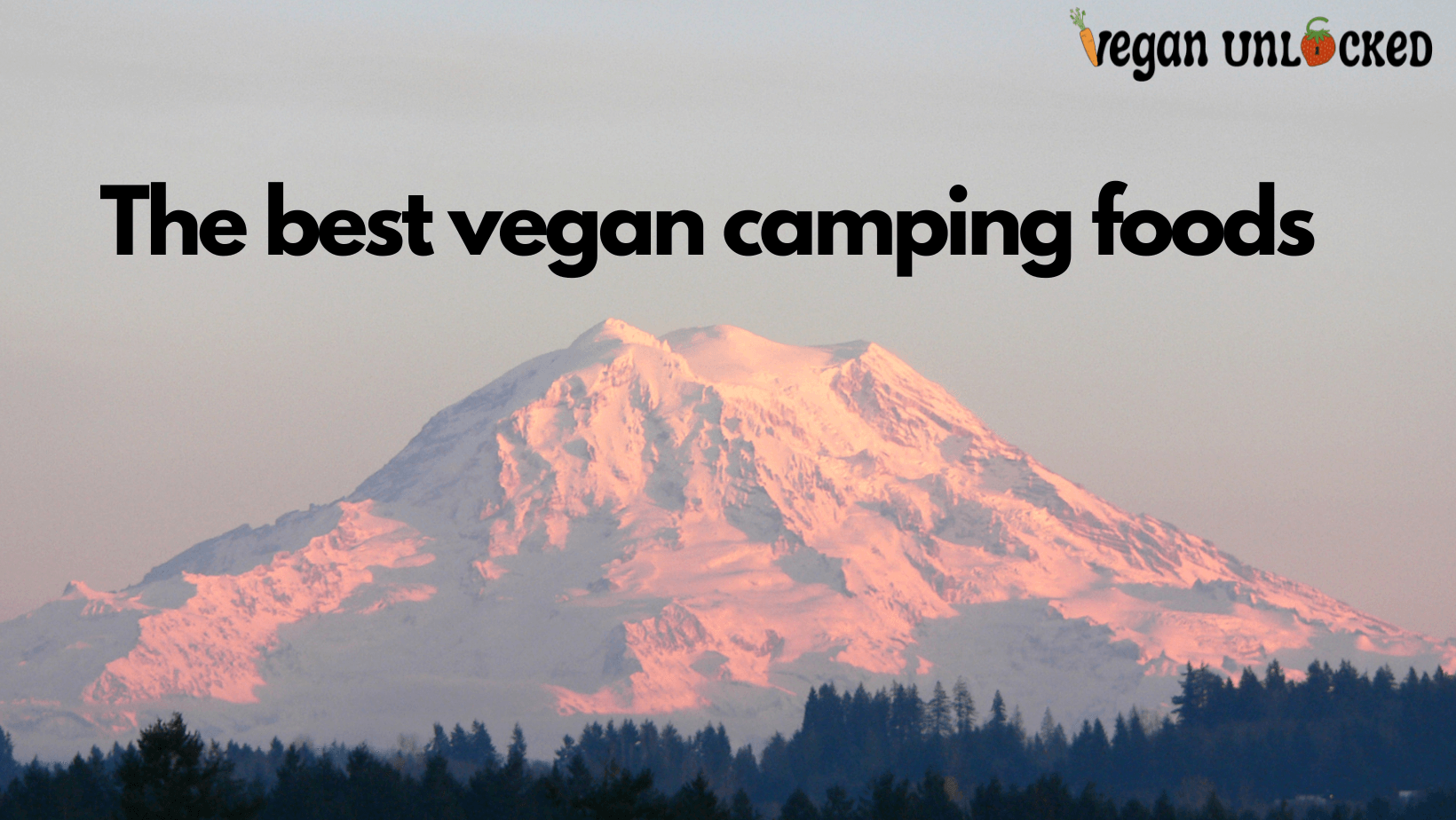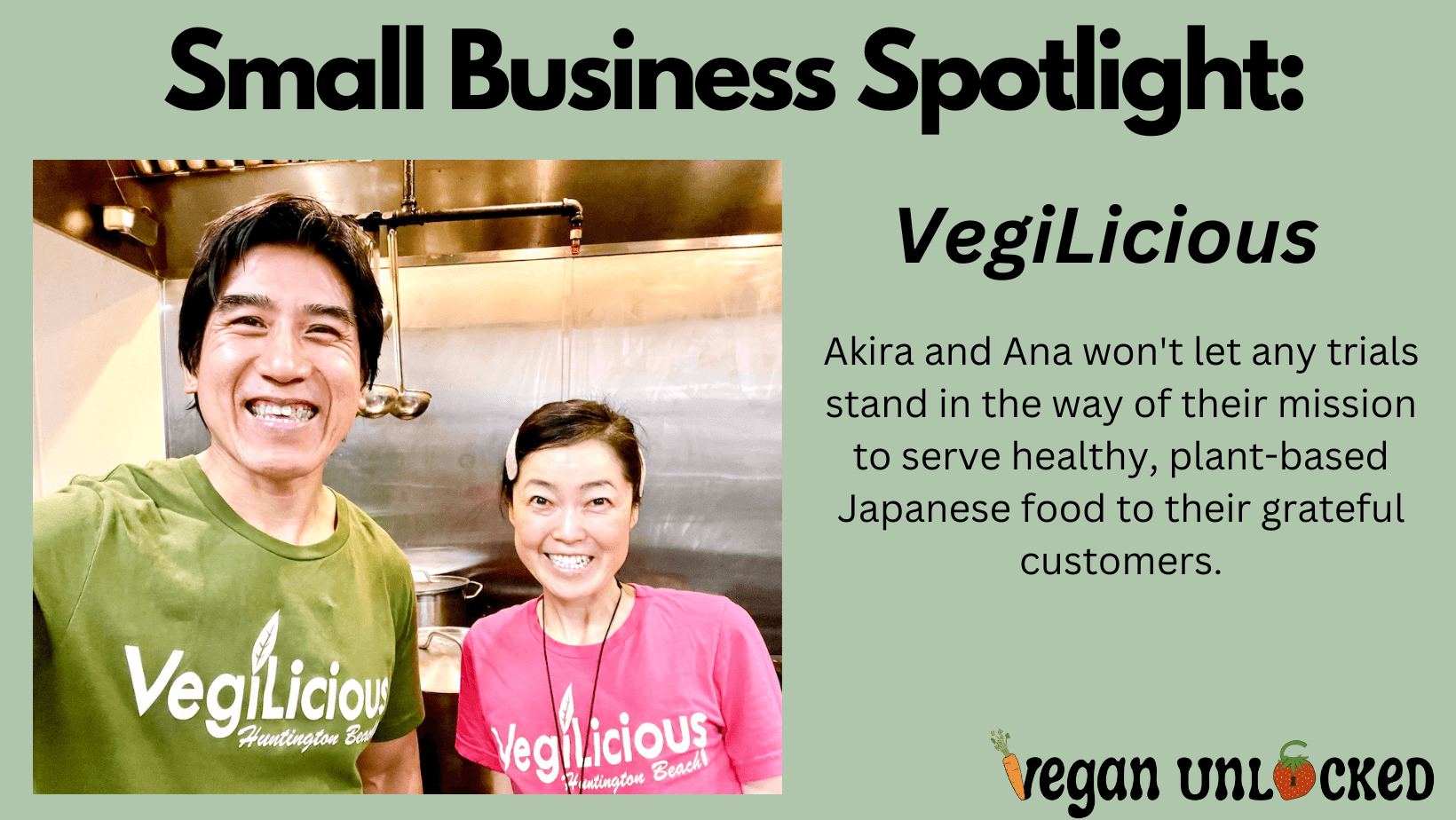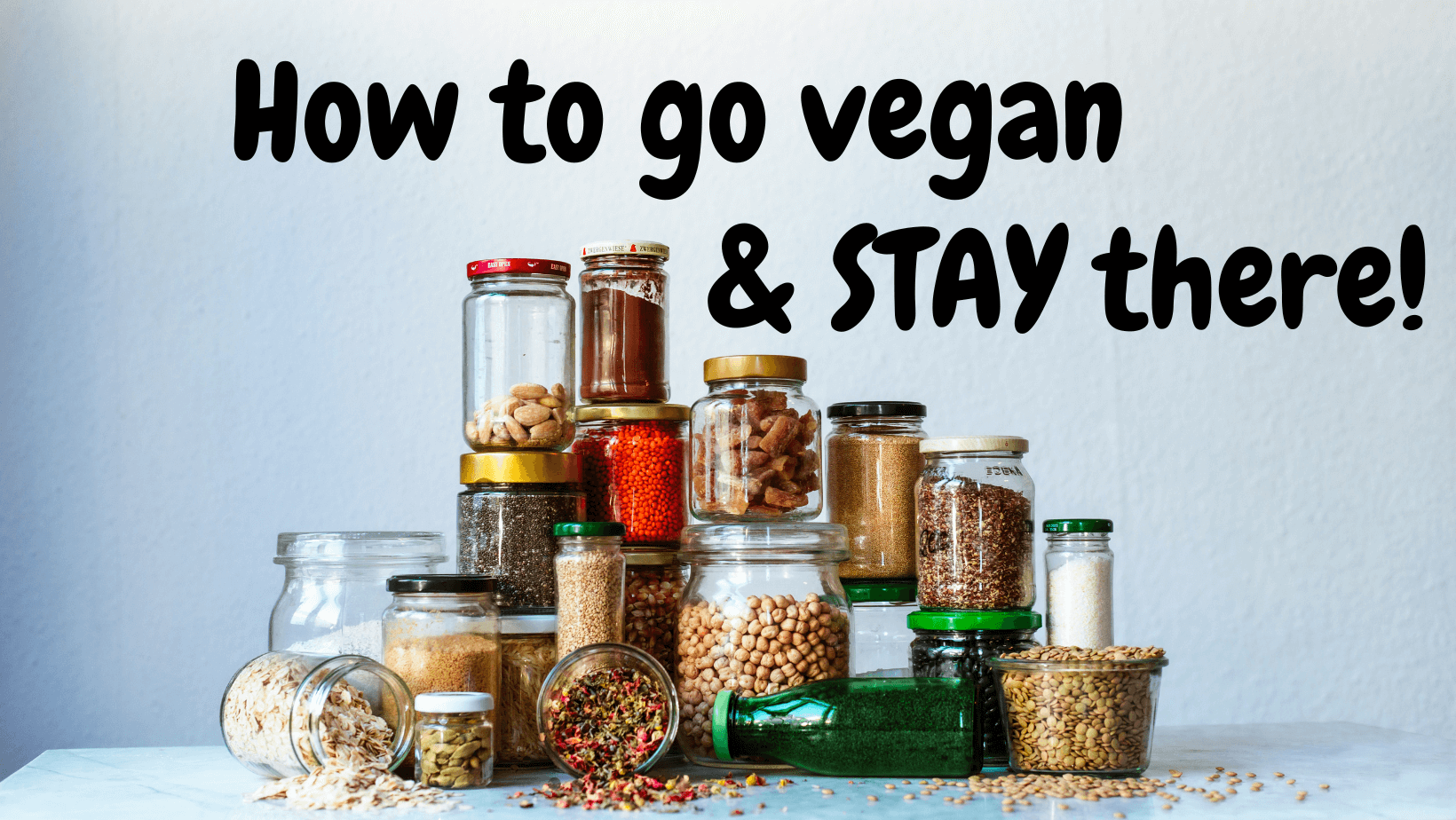Many vegans and vegetarians elect to live on a plant-based diet because of concerns for both animals and the environment. Reducing the amount of animals killed in agriculture as well as reducing greenhouse gas emissions, pollution and resource wastage is a top priority for most plant-based folks. Because of these priorities, many people have pointed out that eating bivalves (mussels, clams, oysters, scallops) meets much of the harm reduction criteria that vegans strive for. In fact, many vegans now eat bivalves in addition to plant-based foods. This trend has taken such a popular term that a new term, “ostrovegan” has been coined. An “ostrovegan” is a self-proclaimed vegan who will eat bivalves. But why? Is it truly ethical for vegans to eat bivalves? This issue is a complex one, and there is no “right” or “wrong” answer. Let’s explore why some vegans are considering incorporating bivalves into their diet.
What are bivalves? Can bivalves feel pain?
By definition, a bivalve is “an aquatic mollusk that has a compressed body enclosed within a hinged (valved) shell, such as oysters, clams, mussels and scallops”. Bivalve anatomy is fairly simple. Some have a large, muscular foot that protrudes from the shell and digs into the surrounding sediment. Bivalves do not have a brain, nor a central nervous system.
Their existing nervous system is a simple one, with three sets of ganglia connected to nerve fibers. The word “nervous system” will cause many vegans to immediately backpedal. But this simple nervous system mostly functions as a way to respond to stimulus. Experiencing pain likely requires far more components than a nervous system alone. Bivalves lack pain receptors; rendering them, to the best of human knowledge, incapable of experiencing pain (or at least, experiencing pain in the way that we do). What bivalves do have is chemoreceptors, which allow them to detect the presence of chemicals in the water. They are responsive to external stimuli, such as touch or vibration in the water, and will typically close their shells if threatened. It is important to note that many plants and fungi are also capable of physically responding to stimulus in a variety of ways. While we can never be certain that bivalves do not experience any form of pain, there is no scientific evidence suggesting that they do; and the facts we do have suggest that they likely do not.
Without a brain, bivalves are undoubtedly incapable of experiencing any level of cognition or emotional response. The same cannot be said of fish, whose physiology does allow them to experience some degree of emotional response (whether or not they experience emotions in the same way or to the same degree that humans do).
Bivalves do in fact fall into the kingdom Animalia, which for many plant-based folks, is the only piece of information needed to decide whether or not these organisms are on the menu. That being said, jellyfish (which lack brains), fleas, and even tapeworms also fall into the Animalia kingdom. Not all organisms which fall into the kingdom Animalia possess any commonalities with the animals vegans refuse to eat (mammals, fish, birds, cephalopods, and for some, even insects). This requires us to do some reflecting. What is it about animals that makes me not want to eat them? What is it that gives their lives inherent value? Do bivalves possess these traits?
So if technicalities and labels are what define your style of veganism, no, bivalves are not technically vegan because they are classified as “animals”. But if you’re more interested in reducing your impact on animals and the environment than you are in abiding by labels, these organisms might still peak your interest.
What about environmental impact? Does catching bivalves harm our oceans?
Knowing how harmful both the commercial fishing and fish farming industries are, many plant-based folks are quick to assume that bivalve consumption must also take a massive toll on the environment. But this isn’t necessarily the case.
A whopping 89% of all marine bivalves consumed by humans come from aquaculture, not wild fisheries. While “wild caught” is often advertised as being more pure or healthier, farmed bivalves are actually a far more environmentally conscious choice. Farmed bivalves are one of the most environmentally sustainable foods on the market. In the best farmed settings, bivalves are actually considered to have a net positive impact on surrounding waters.
Being filter feeders, bivalves do not need to be “fed” anything. With farmed mammals, birds and fish, resource wastage that goes into creating animal feed is one of the greatest ecological concerns. Bivalves “feed” exclusively on micro-organisms floating through the water and sediment. Inserting bivalves into ecosystems to farm them actually increases water cleanliness. Market-sized oysters can filter up to 45 gallons of water per day! By removing algal cells before they reach dangerous levels, bivalves can also prevent harmful, climate change induced algal blooms.
“Bivalves are the best option for farming if one chooses to farm and/or eat animals at all,” remarks Dr. Jennifer Jacquet, Associate Professor in the Department of Environmental Studies at NYU, “They appear to have minimal ecological impact while minimizing concerns around welfare in captivity. In fact, bivalves may not just be the best option in the ocean, but the best choice if one chooses to eat animals, period.”
Of course, not all farming methods are equal in terms of sustainability. Some methods of raising bivalves have a greater impact on surrounding ecosystems than others. Commercial dredging, a method used in both farmed and wild scallop harvest, is on the more harmful side of this spectrum. This tactic can disturb marine ecosystems and disrupt natural sediment makeup.
Off-bottom cultivation is becoming increasingly widespread, and is the most sustainable way to grow bivalves. Off-bottom methods suspend bivalves in the water so that ocean floor ecosystems are not disturbed when the scallops are harvested.
There are few accessible forms of farming that do not harm any animals.
It’s important to note that there are almost no zero-impact foods, vegan cuisine included.
If you’re fortunate enough to be able to access local, polycultural, regeneratively farmed crops, or able to grow your food yourself, this is always the most ethical option. But sadly, socioeconomic inequality means that most people are left to simply do the best they can. Farmers’ markets do not exist in many neighborhoods, and few people have access to enough land to grow food themselves. Buying at least some plant-based foods from the grocery store is a necessity for most people.
To say that these foods are entirely cruelty-free would be naive. Field mice, moles, gophers, songbirds, and even fawns can be killed by farming equipment on monoculture operations in the United States. Pesticides pollute waterways, poison soil, and reduce insect populations which are vital to the survival of native bats and songbirds. Human farm workers hired to harvest crops are often taken advantage of and treated cruelly.
The fact that bivalve harvest generates little to no bycatch is extremely valuable. Even if you place the same value on the life of a scallop or clam as the life of a cow or a pig, it’s likely that less animals die in bivalve harvest than commercial vegetable harvest. When you eat a bivalve, you are killing that animal and that animal alone. The same cannot be said of crop harvest. Non-vegans will often use this same argument to justify eating meat, but considering how many crops are grown exclusively to feed to farmed animals, this argument does not hold much weight.
What do you think?
So, should vegans eat scallops, mussels, clams and other bivalves?
In the end, it all comes down to personal morals and priorities.
To paraphrase key points…
Bivalves lack centralized nervous systems, pain receptors, and brains.
Bivalves do not experience any degree of cognition or emotion.
It is unlikely that bivalves like scallops, mussels, clams or oysters experience pain; at least not in the way that mammals, birds or fish do.
Bivalves do react to stimuli in their environment, including retracting away from potential predators. Many plants are capable of similar responses.
The majority of farmed bivalve production has an incredibly small environmental impact, and in some instances, can even be considered net positive for local ecosystems.
All of this being said, bivalves do fall into the kingdom Animalia. They are technically animals, and for many plant-based folks, this means bivalves are a no-go. But many vegans are electing to bypass these rules and start eating bivalves.
As a seasoned vegetarian or vegan, you might not have interest in incorporating bivalves into your diet. And there’s no need to! But consider the role of these organisms as a middle-ground alternative for omnivores unwilling to adopt a plant-based diet. Or, for folks who want to become vegan, but have medical issues that limit their consumption of nutritious plant-based foods.
If we can’t convince someone to ditch animal products altogether, bivalve consumption might be the “lesser evil” on the dietary spectrum.
Some vegans may still be understandably uncomfortable with bivalve production as a whole or with any promotion of bivalve consumption. We don’t blame them. Few issues in life are black and white, and we appreciate that bivalve consumption isn’t, either.
So how do you feel? Should vegans eat bivalves? Why or why not?
Related questions:
Should vegans eat scallops?
Should vegans eat clams?
Should vegans eat oysters?
Chelsea Pinkham
Chelsea Pinkham is a long-time animal advocate, rescuer, and humane education writer. Chelsea studied Communications & Journalism with a minor in Environmental Science at Sonoma State University. She has been vegan for thirteen years, since she discovered the treatment of animals on farms in middle school. Outside of Vegan Unlocked, she works for a nonprofit farmed animal sanctuary, authors humane education children’s books, and has personally rescued, fostered and transported over 1,000 animals. She enjoys camping, hiking, learning about animal behavior, and traveling the world on a low budget!





